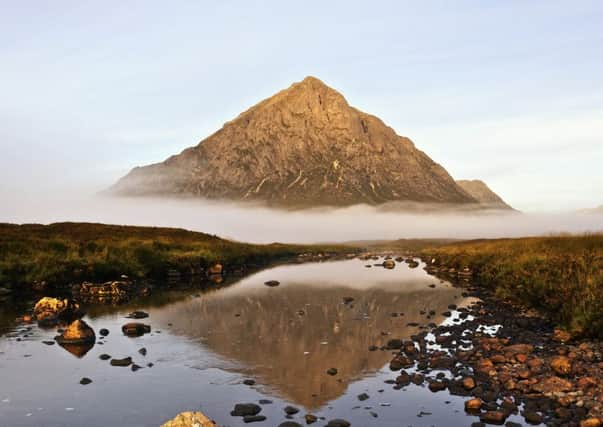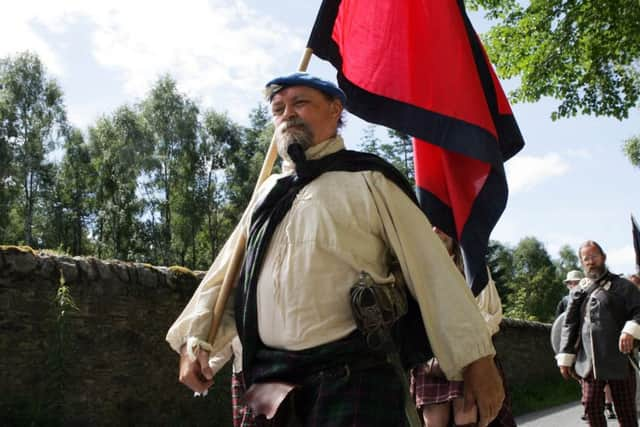The history of key Jacobite sites in Scotland


Firstly, to the majesty of Killiecrankie
This steep sided gorge was home to the Battle of Killiecrankie in 1689 in which the Government army was sent north to deal with Viscount Dundees newly formed Jacobite army.
The Jacobites were able to rout the Government army, but it came at a cost. Roughly one third of the Highland force was killed and Viscount Dundee was mortally wounded. He died on the battlefield and was carried the few miles to the nearby parish church of St Bride, above Blair Castle where he was buried.


Killiecrankie in the Autumn
Advertisement
Hide AdThe death of Dundee, in the midst of the confusion of a cavalry charge, became the subject of numerous legends, the best known of which was the tale that he was invulnerable to lead (due to having made a pact with the Devil) and was killed not by the government shot but by a silver button from his own coat being pushed into the wound.
Another legend of Killiecrankie is the Soldiers Leap. Along the gorge is a narrow section where it is said Donald MacBean, a government soldier, avoided capture by jumping 5.5m (18.5 feet) across the river. Despite losing his shoe on the way across, he survived and escaped, later becoming a prize fighter. You can walk out to the point at which MacBean made his famous leap but i wouldn’t fancy giving it a go myself.
Soldiers Leap at Killiecrankie
Today the gorge is famous for its autumn colours. Its Gaelic name ‘Coille Chneagaidh’ or ‘Wood of Shimmering Aspen’ sums it up perfectly. There is a beautiful walk along the gorge or for the more adventurous there is a bungee jump off the Garry Bridge.
From gorgeous Killiecrankie to the equally stunning Glencoe. This beautiful site is considered one of the most picturesque spots in Scotland but its history is a little more on the ugly side. In 1692 the Massacre of Glencoe took place in the early morning of the 13th February. Members of the MacDonald clan were murdered by soldiers of the neighbouring Campbell clan for not pledging allegiance to William III.
Glencoe
The Highland clan chiefs had been set a deadline of the 1st January 1692 to swear an oath of loyalty to William III to be granted an indemnity. MacDonald was late in declaring his oath and an order, signed by the King himself, was raised to enact the massacre.
Alastair MacLain, 12th Chief of Glencoe, and the man responsible for the late pledge, was killed as he tried to rise from his bed. 37 other men were murdered in their homes or as they tried to flee with as many as 40 women and children dying from exposure after their homes were burned down. Today there is a monument in Glencoe remembering the fallen MacDonald men.
Advertisement
Hide AdFinally we couldn’t talk about Jacobites without mentioning Glenfinnan Monument.
Glenfinnan Monument
It was here that Prince Charles Edward Stuart truly began his ’45 campaign on 19th August 1745. On the hills around the monument Charles raised the Jacobite standard for the first time and began his fateful campaign which would end the following year at Culloden. All the mustered clans heard as Charles claimed the Scottish and the English thrones in the name of his father, James, the Old Pretender.
Advertisement
Hide AdIn 1815 a monument was built to commemorate the raising of the standard, the monument stands 18m high and is topped with a statue of an unknown highlander.
This blog originally appeared on the Culloden Battlefield blog and was written by NTS staff Debbie Reid, senior admission and membership assistant and Karen Yates, senior retails assistant. Both at Culloden.